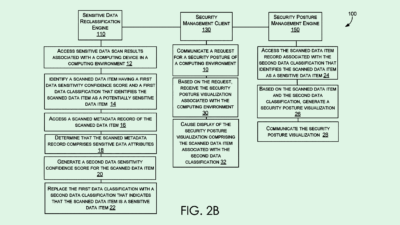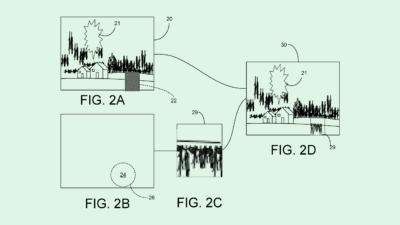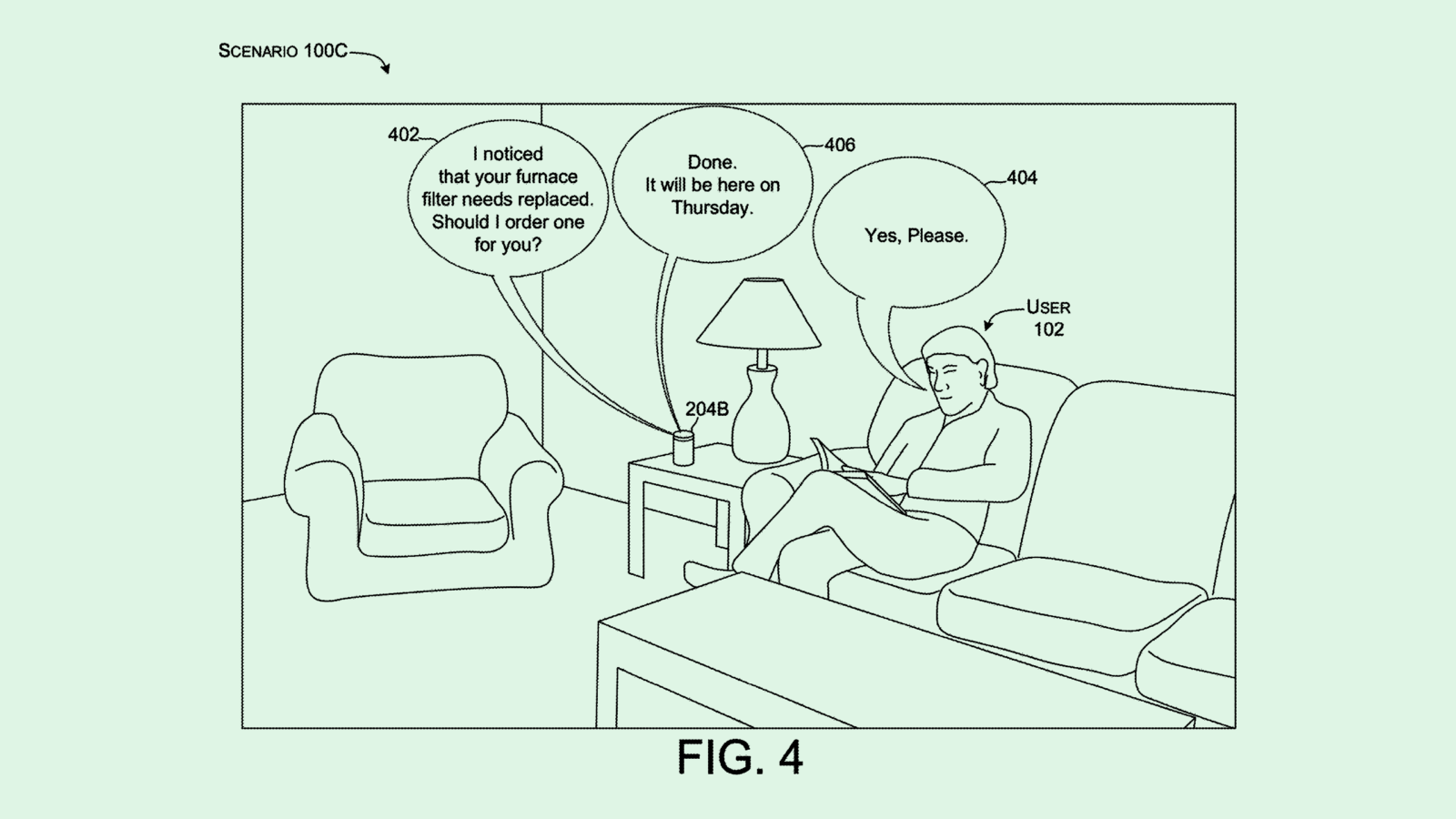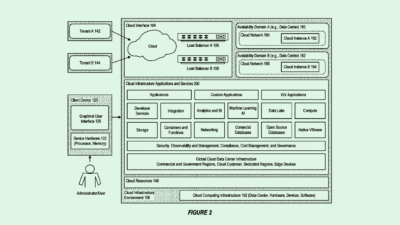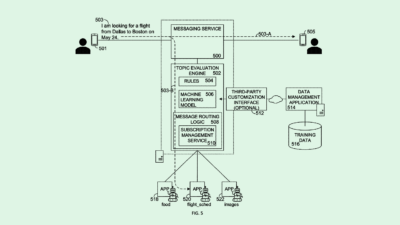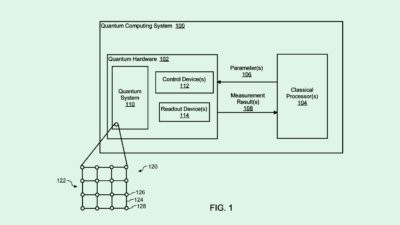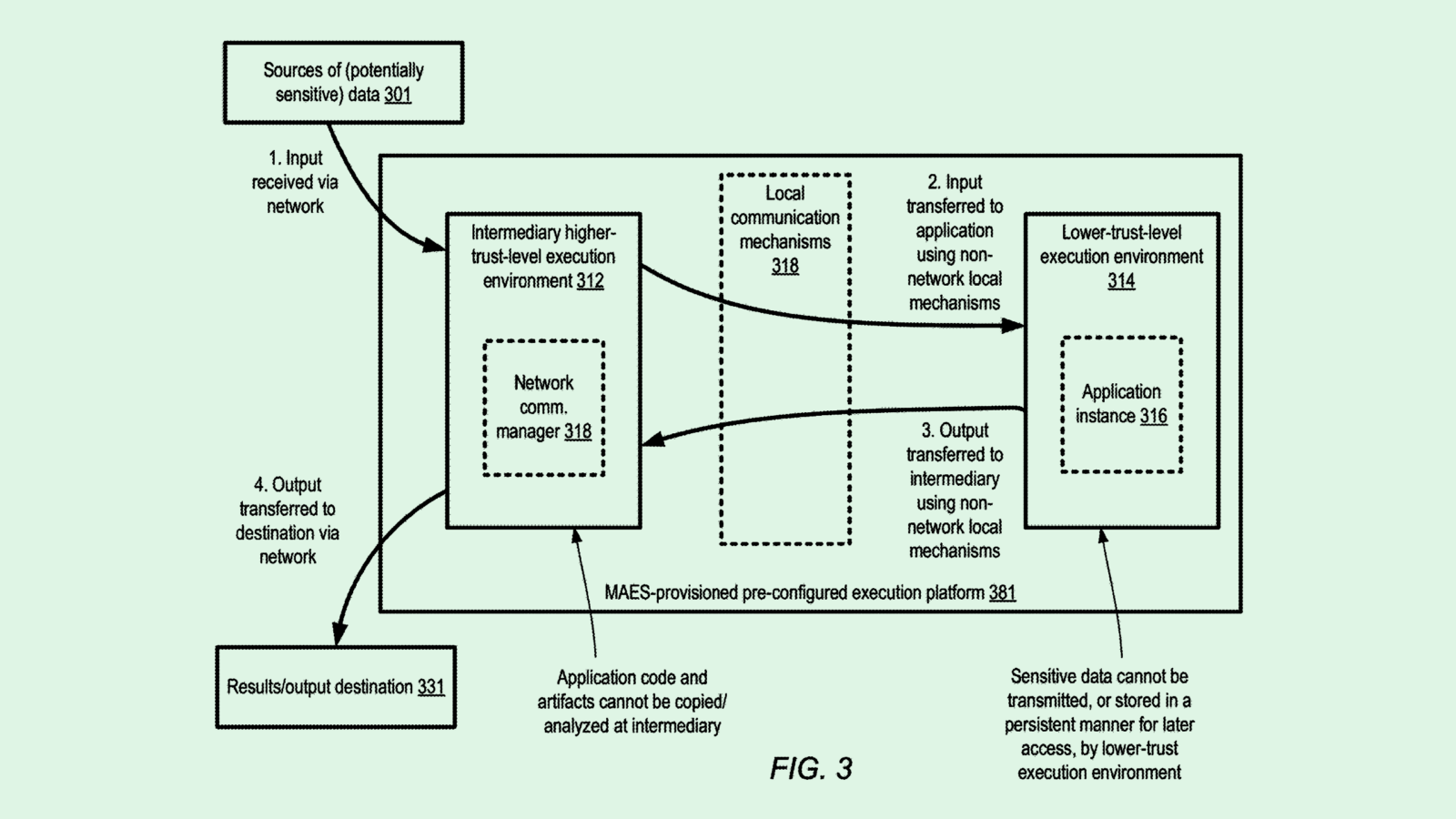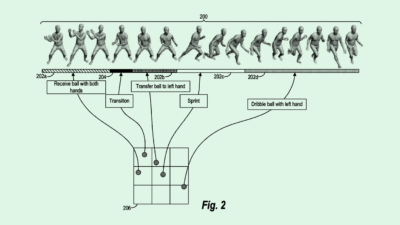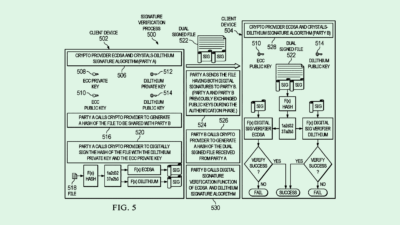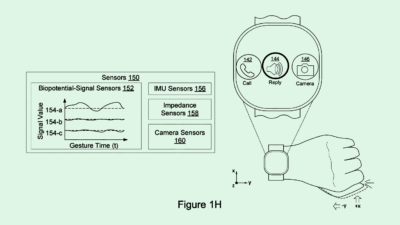Airbnb Goes Nomadic (plus more Mastercard & Facebook)
Nomadic recommendations, voice commerce, & new VR devices
Sign up to uncover the latest in emerging technology.
Nomadic recommendations, voice commerce, & new VR devices
1. Airbnb – recommendations for nomadic families optimising for education
This new patent application gives us a little insight into how Airbnb are thinking about capitalising on the emerging trend of nomadic living.
More specifically, this filing focuses on how Airbnb can make location recommendations to nomadic families based on the education needs of children.
For example, imagine that a family is living the nomadic life and have a child that’s 5 years old. Airbnb will then either generate a curriculum based on the child’s age, or the family could input the specific curriculum for the child. Airbnb will then recommend accommodations that would enhance the education experience of the child. In the example shown in the illustration, Airbnb recommends accommodation that is near an aquarium, zoo and museum for the child.
Why is this interesting?
Firstly, post-covid and with remote work becoming more of a norm, it seems like Airbnb are thinking about how they can tailor their product to nomadic families. While highlighting educational activities that are close to the accommodation seems pretty inconsequential. we could easily imagine this expands in ambition. For example, if families want to stay in a place for a year, Airbnb could suggest accommodations based on the quality of schools nearby, the quality of the local hospital, and so on.
Secondly, this move shows that Airbnb see accommodations as a means to enjoying other experiences in the local area. Right now, most information on what’s in the area around an accommodation comes from the host trying to promote their listing. This filing might be suggesting that Airbnb want to do more around automating what interesting things there are close to an accommodation, personalised to a user’s needs. In this example, it’s nomadic families with children, but there are many other use cases that Airbnb could cater for.
2. Mastercard – voice payments
No pretty illustration for this one so I’m just going to have to explain it.
Mastercard is looking at how to encourage more shopping to take place via voice enabled devices, such as Amazon Alexas.
In the patent filing, Mastercard outline how a lot of users of smart assistants don’t trust storing their payment data on these devices, because they’re afraid anyone would be able to access it and then make payments.
To solve this, Mastercard is looking at making the payment process on voice-enabled devices more secure.
This will work by the voice-enabled device transmitting an inaudible soundwave to a user’s phone. The soundwave will contain tokenized payment information that will be picked up by a payment application on a user’s smartphone. The user can then authenticate the payment on their phone, and in turn the order can be processed.
With so many households having voice enabled devices now, in theory there’s a big commerce opportunity to be unlocked. The dream scenario for an Amazon Alexa would be someone in the kitchen reading out their shopping list and Alexa ordering it for delivery. However, it still remains to be seen if shopping with voice is a compelling proposition for users. Maybe it works for some orders – e.g. ordering staple groceries. For other orders though, there may well need to be a visual component to deciding what to order, the brand, the quantity, and double checking that there aren’t any errors.
Either way, for Mastercard, it makes sense for their business to be on top of new mediums for commerce and ensuring that they’re building the right technology and user experiences for it to work for users.
3. Facebook – wrist tracking & gesture detection device
Facebook is exploring new ways for users to interact with virtual reality devices.
Most VR devices tend to use hand controllers, which users then use to manipulate virtual objects or input information.
However, these hand controllers end up limiting a users ability to move and make gestures.
In the filing, Facebook mentions that in order to make VR accessible for use cases outside of entertainment, such as military training simulations […interesting], doctors practicing surgery, and engineers needing visual aids, users would need more flexibility with using their hands.
Facebook reveals that it’s looking at wrist tracking and gesture detection, using Time of Flight sensors. This works by measuring the round-trip time of pulses emitted from and detected in return on the user’s wrist. In turn, Facebook’s VR system can measure the exact gestures and angles of a user’s hands, without constraining the user with bulky input devices.
Why is this interesting?
Firstly, this filing reflects Facebook’s desire to reduce the physical constraints that hinder what a user can do in VR. Judging from Facebook’s VR meeting product, they’re looking to make the experience of being in VR as similar as possible to how we would interact in the physical world.
Secondly, it’s interesting that Facebook is mentioning the need to explore other VR use cases, such as military simulations and surgical training. It shows that maybe Facebook is keen to explore enterprise use cases for VR, instead of just focusing on the consumer / entertainment experience.


